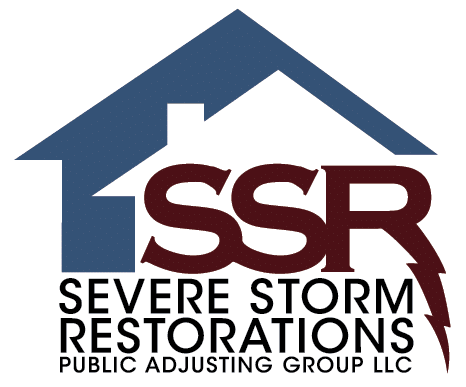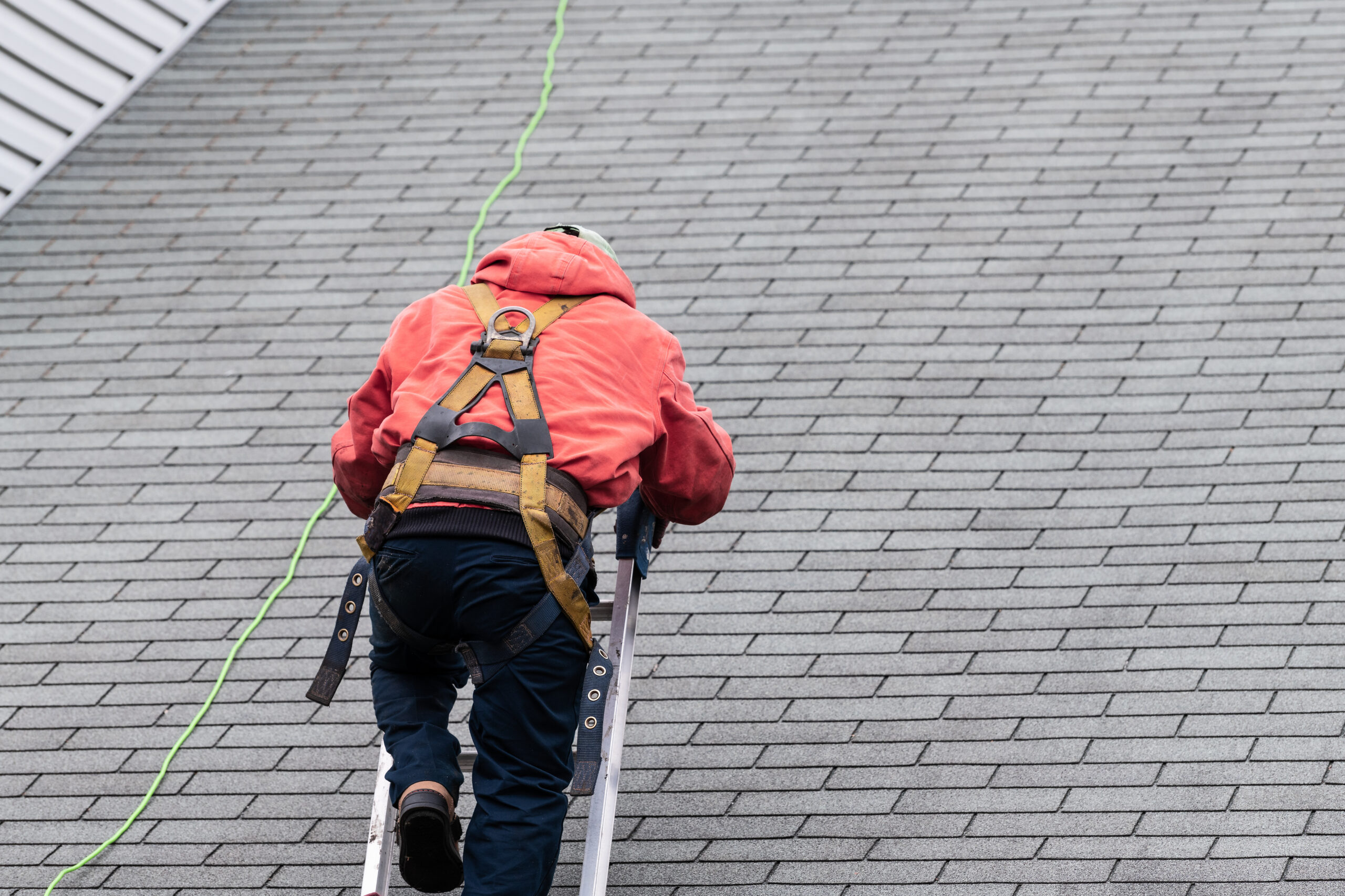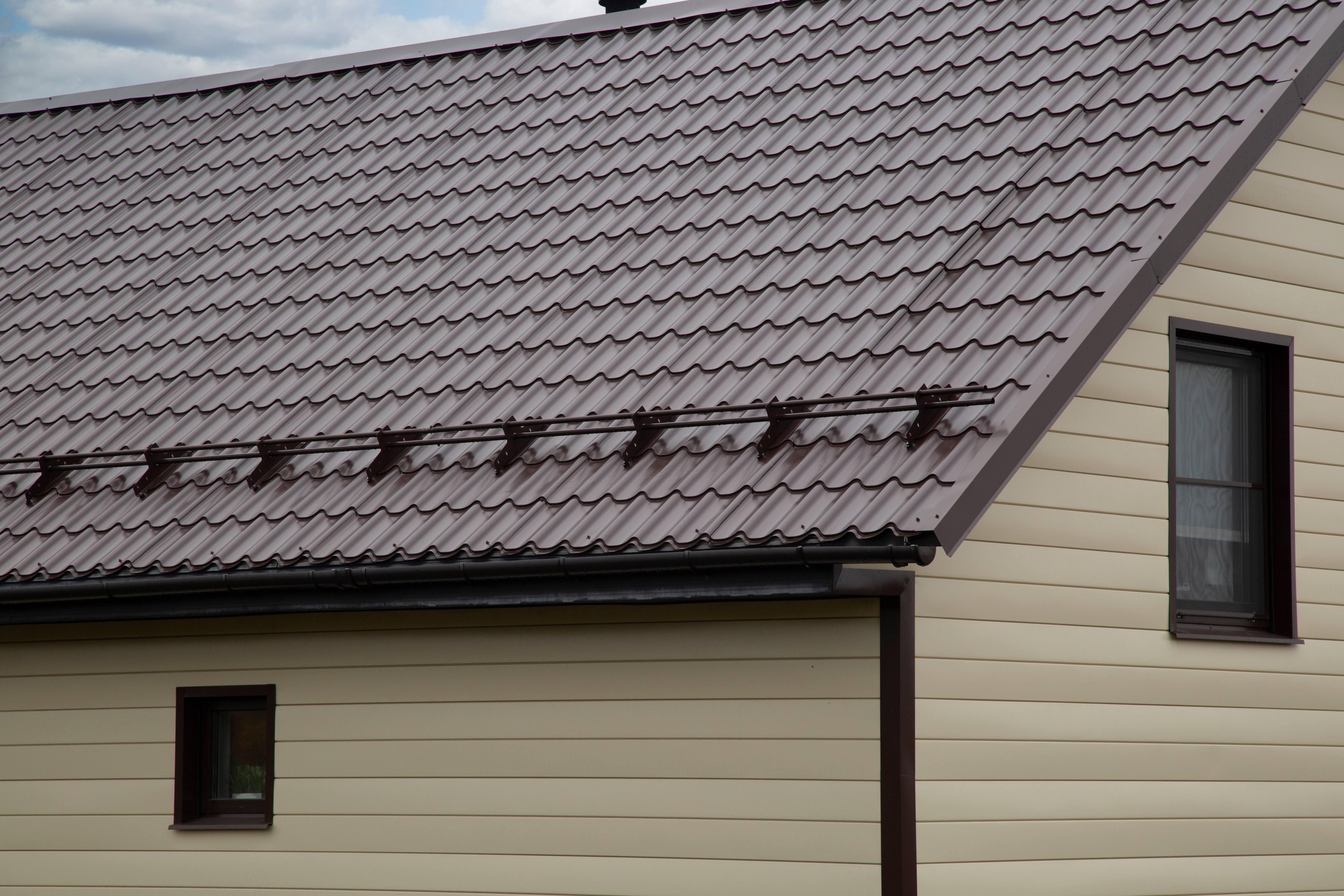Homeowners make many important decisions about their roof—yet far too often, those decisions are guided by outdated or incorrect information. Roofing myths can lead to unnecessary expenses, poor energy efficiency, or even long-term structural damage. Whether it’s the belief that you must remove your old roof to install a new one, or that all metal roofs are noisy, these misconceptions often result in costly mistakes.
In this article, we’ll uncover and debunk 10 of the most common roofing myths. With accurate knowledge in hand, you’ll be empowered to make smarter, more cost-effective choices that protect your home and wallet for years to come.
Table of Contents
1. Myth: You Can’t Install a New Roof Over an Old One
Many believe that tearing off the old roof is mandatory before installing a new one, but that’s not always true. Building codes in most areas allow one additional roofing layer, provided the existing structure is sound and there’s no major damage underneath.
Layering a new roof over the old one can save on labor and disposal costs, making it a budget-friendly option. However, this decision should be made with input from a licensed roofing contractor to ensure the integrity of the underlying materials and compliance with local regulations.
2. Myth: All Dark Roofs Make Homes Hotter
It’s widely assumed that darker shingles always increase indoor temperatures, especially in summer. While color does play a role, today’s roofing materials are far more advanced. Many dark shingles are engineered with reflective granules that help deflect UV rays, reducing heat absorption.
More important than shingle color is attic insulation and ventilation. With proper roof maintenance and modern materials, dark roofs can perform just as efficiently as lighter ones—without significantly impacting your energy bills.
3. Myth: Metal Roofs Are Noisy in the Rain
The idea that metal roofs are loud during storms is one of the most common roofing myths. In reality, modern metal roofing systems are installed over solid decking and insulation, which dramatically reduces noise.
When properly installed by a roofing contractor, a metal roof can be quieter than asphalt shingles. This misconception likely stems from older barns or sheds with exposed metal panels, not today’s high-performance residential roofing systems.

4. Myth: Roof Inspections Are Only Needed After Damage
Waiting until after a storm or visible leak to inspect your roof is a costly mistake. Many roofing problems develop slowly and remain hidden until they cause extensive damage.
Regular roof maintenance, including inspections twice a year, helps detect small issues like loose flashing or worn shingles before they lead to a major roof replacement. Preventative care is a key step in avoiding unnecessary expenses and protecting your home’s structure.
5. Myth: A New Roof Means You’ll Never Have to Worry Again
Many homeowners believe that a new roof means they can ignore it for the next few decades. While new roofs offer long-term protection, they still need regular care to perform at their best.
Without routine inspections, debris removal, or minor repairs, even the newest roof can develop leaks or premature wear. The truth behind this roofing myth is simple: regular roof maintenance extends the lifespan of your investment.
6. Myth: Roofing Warranties Cover Everything
Not all warranties offer the same coverage, and believing that your warranty protects you from all issues is a dangerous assumption. Most roofing warranties only cover manufacturer defects or faulty installation—not storm damage or poor maintenance.
To avoid falling for this roofing myth, read the fine print. Some warranties require annual inspections or exclude labor costs. A trustworthy roofing contractor will explain your coverage and offer workmanship guarantees alongside product warranties.
7. Myth: Flat Roofs Always Leak
Flat roofs have historically been labeled as leak-prone, but this roofing myth no longer holds up. Thanks to advancements in waterproof membranes like TPO, EPDM, and PVC, modern flat roofs are highly resistant to water intrusion.
The key to performance lies in proper installation and regular roof maintenance. Ensuring adequate drainage and keeping debris off the surface helps flat roofs last just as long as their sloped counterparts.
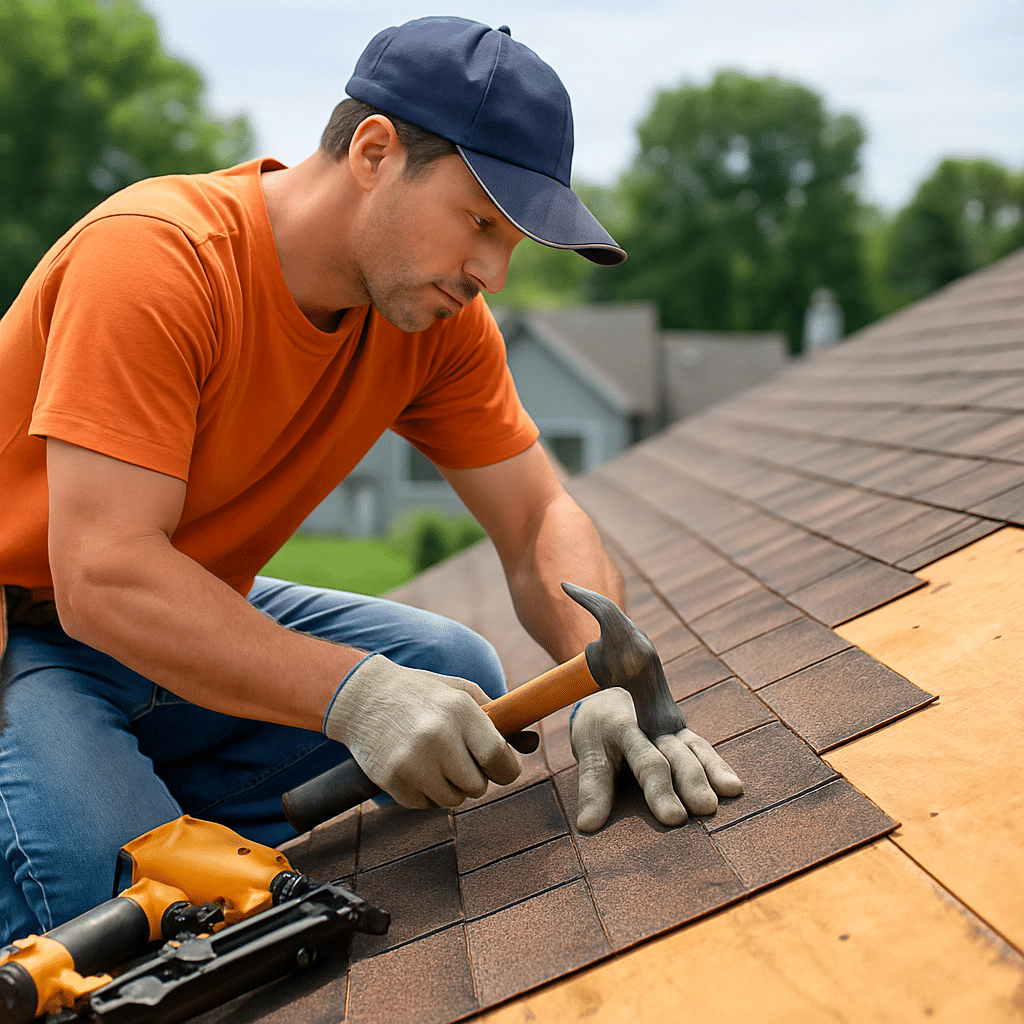
8. Myth: Roofing Is a DIY-Friendly Project
Roofing might seem simple, but it’s one of the most hazardous and technically demanding home improvement tasks. DIY efforts often result in improperly sealed shingles, incorrect flashing, or even injuries.
This roofing myth can be costly. Not only might DIY mistakes void warranties, but you could end up needing a full roof replacement sooner than expected. Always hire a licensed roofing contractor for anything beyond basic visual inspections or gutter cleaning.
9. Myth: You Can’t Roof in the Winter
Some believe that roof replacement or repairs must wait for warmer months. However, many roofing contractors work year-round, using cold-weather adhesives and tools designed for winter use.
While extreme cold or snowstorms can cause short delays, modern materials make winter roofing both feasible and effective. In fact, off-season installations can even be more affordable due to reduced demand.
10. Myth: Roof Replacement Is Always Better Than Repairs
Replacing your roof isn’t always the best solution. Minor issues like a small leak, a few damaged shingles, or localized flashing failure can often be repaired quickly and affordably.
Believing this roofing myth can lead to unnecessary costs. A reliable roofing contractor will perform a thorough inspection and recommend repair if your roof still has years of useful life. Always get a second opinion before committing to full replacement.
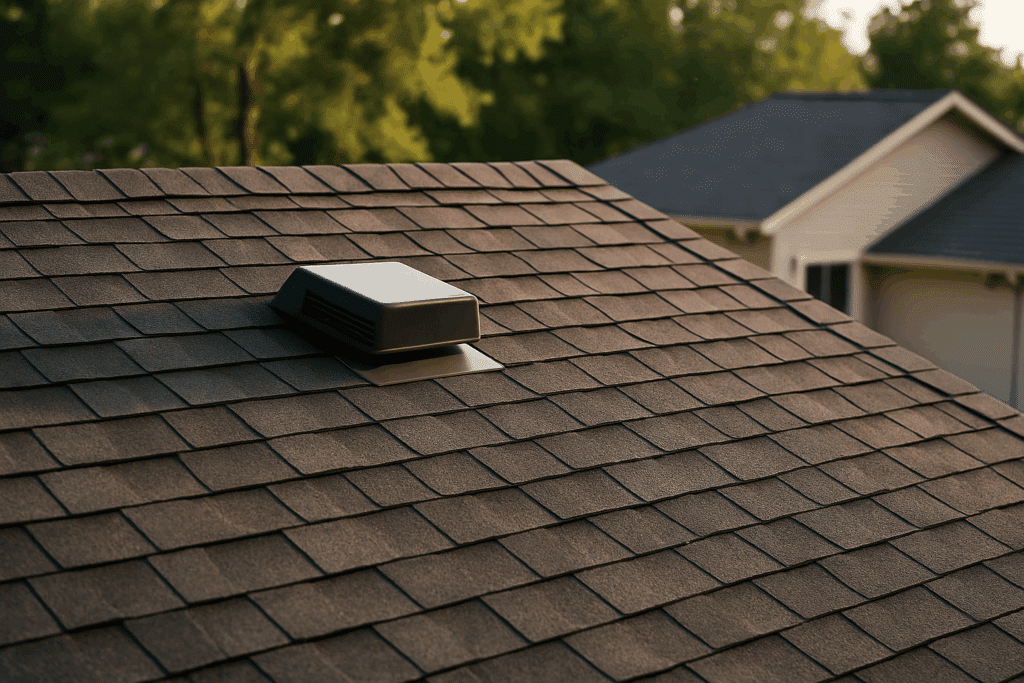
Conclusion: Don’t Let Roofing Myths Drain Your Budget
Roofing myths can mislead homeowners into making poor decisions that cost thousands in unnecessary repairs or premature replacements. By educating yourself and working with a certified roofing contractor, you can avoid these pitfalls and ensure your roof stays in peak condition.
Whether it’s regular roof maintenance or evaluating claims about materials and energy efficiency, the best defense is the truth. When it comes to roofing, what you don’t know really can hurt your home—and your wallet.
